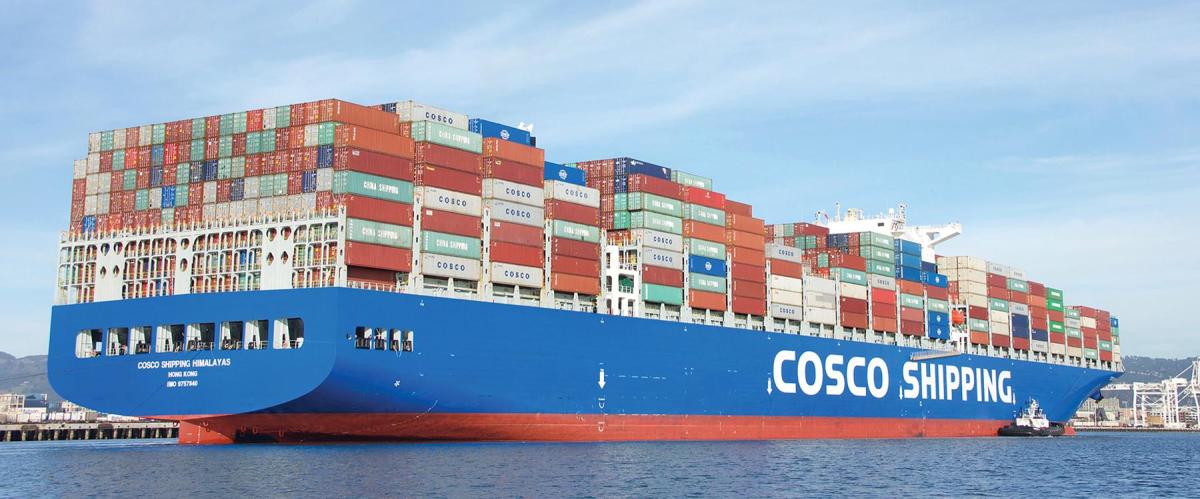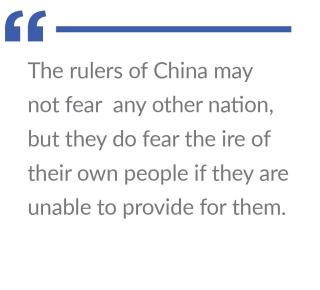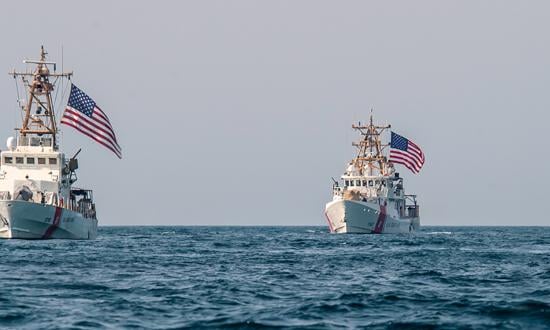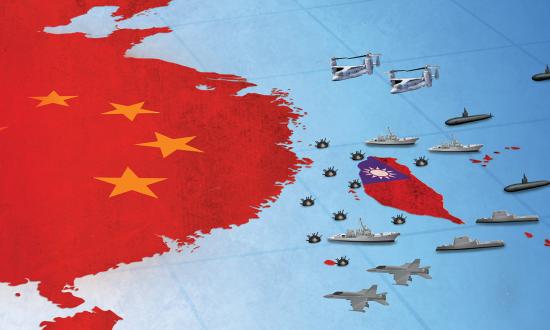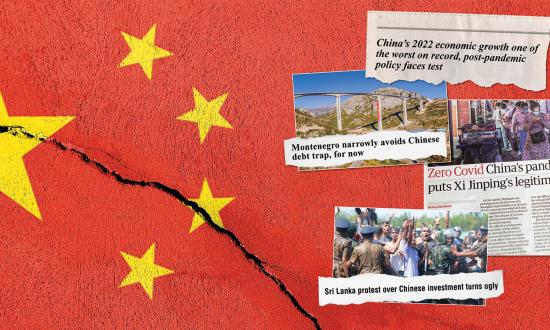China’s antiaccess/area-denial (A2/AD) strategy is designed to give it the space it needs to operate unmolested in its near abroad. Its arsenal of missiles threatens any ship that enters its weapons engagement zone. As a counter, the Marine Corps has developed the concept of stand-in forces—strategically placed, light, highly mobile units that can “persist independently for days if needed and can reposition with organic mobility assets to avoid being targeted.”1
In short, these distributed and decentralized forces seek to turn the A2/AD against China, keeping its fleet in its home ports.
However, there is another option. China has the second largest economy in the world and, as such, has an enormous appetite for raw materials. In a single year, it imports upward of $150 billion of crude petroleum, $99 billion of iron ore, $36.6 billion in gasoline, and $31.7 billion of refined copper.2 Much of this arrives by sea.
Several different types of ships transport this cargo, and interdicting even one could disrupt Chinese commerce. For example, a single tanker can carry from 500,000 barrels of oil (Panamax tankers) up to 4,000,000 barrels (the Ultra Large Crude Carrier).3 Container ships that transport goods measure their capacity in 20-foot equivalent units (TEUs), after the standard 20 by 8 by 8 foot containers. Panamax ships can load 3,000–3,400 TEUs. The Very Large and Ultra Large Container Ships can transport more than 24,000 TEUs.4
China’s dependence on extended overseas supply lines makes it politically and economically vulnerable. This is a critical vulnerability that, in the event of conflict, could be targeted. And U.S. Marines could help.
Whether the ships transporting China’s vital cargo are tankers or container ships, the majority will transit the South China Sea.5 This trade route could easily be cut off by interdicting the shipping lanes at a few key maritime choke points in the Indian Ocean, specifically, the Lombok and Sunda Straits in Indonesia and the Strait of Malacca between Indonesia and Malaysia. The United States also could choke off Chinese shipping at the other ends of these supply lines at the Strait of Hormuz, where the Persian Gulf meets the Indian Ocean, and the Bab el-Mandeb, where the Red Sea joins the Gulf of Aden.
The U.S. Navy could sit outside China’s weapons engagement zone and interdict ships as they approach these key choke points. U.S. submarines could do to China’s merchant fleet what they did to Japan’s during World War II. But such a campaign would not need be carried out solely by the Silent Service. Navy surface ships could disrupt China’s cargo fleet, as could Marines.
Marine expeditionary units could reinvent themselves as attack groups, launching Marines by rotary-wing aircraft or small boat to board and seize Chinese merchant ships on the high seas. Once the ships were secured, the Marines could scuttle them with their cargo, turn them over to a new crew to pilot to impoundment in a friendly port, or even bring their cargoes to market in support of the U.S. war effort. Should China’s navy come out from under its protective A2/AD bubble and face U.S. and allied fleets on the high seas, it would see significant losses. As such, China would face a dilemma.
The environmental impact of sinking oil tankers would argue for capturing and escorting these vessels to friendly ports. Marines would be ideally suited for boarding and seizing these ships. Such a strategy also would increase integration between the Navy and Marine Corps.
The Marine Corps can serve a vital role by exploiting a critical Chinese vulnerability to “create a turbulent and rapidly deteriorating situation with which the [adversary] cannot cope.”6 As China’s supply of vital resources dried up, and with the U.S. Navy and Marine Corps team preventing the import of sufficient resources to fuel its massive economic engine, the Chinese people would become restive. The rulers of China may not fear any other nation, but they do fear the ire of their own people if they are unable to provide for them. Unleashing a war on China’s maritime commerce is a daunting prospect that would not be undertaken lightly. But if necessary, it could affect China’s decision-making calculus and compel it to keep its fleet in its home ports and its soldiers in their barracks.
1. GEN Eric Smith, USMC, “Stand-in Forces: Adapt or Perish,” U.S. Naval Institute Proceedings 148, no. 4 (April 2022). See also GEN David H. Berger, USMC, “A Concept for Stand-In Forces,” U.S. Naval Institute Proceedings 147, no. 11 (November 2021).
2. Lawrence Pines, “China Commodity Imports & Exports: How China Continues to Dominate World Trade,” Commodity.com, 24 April 2022.
3. “Oil Tanker Ship,” Alloiltank.com.
4. Eve Jones, “Everything You Need to Know About Cargo & Container Ships,” Martide, 20 April 2022.
5. China Power Team, “How Much Trade Transits the South China Sea?” Center for Strategic and International Studies, 25 January 2021.
6. Marine Corps Doctrinal Publication 1, Warfighting (Washington, DC: Headquarters U.S. Marine Corps, 1997), 4-4.



